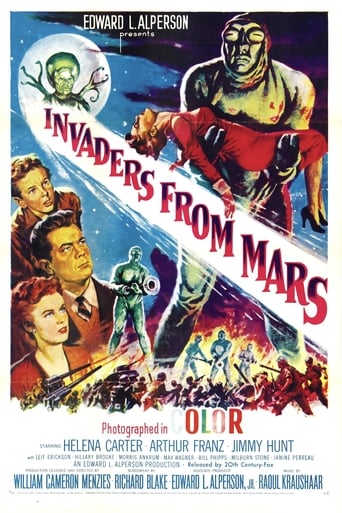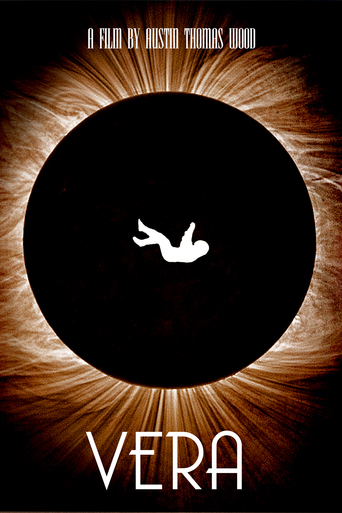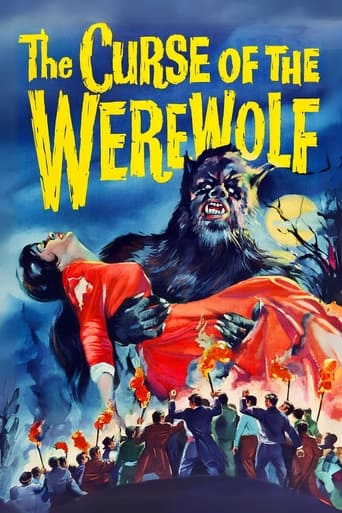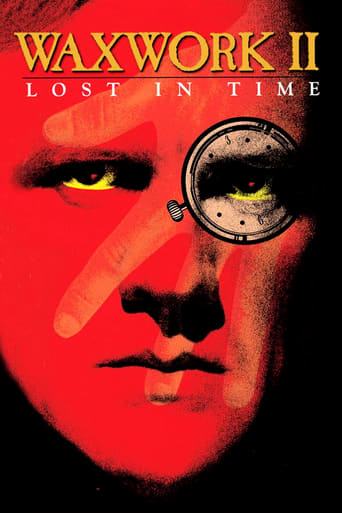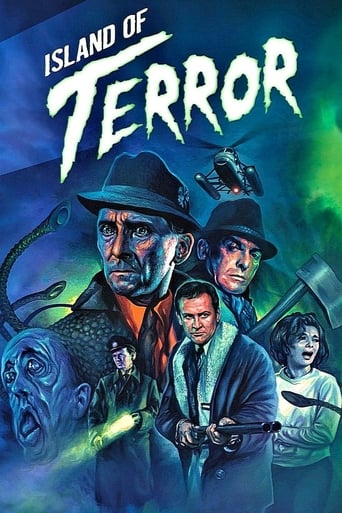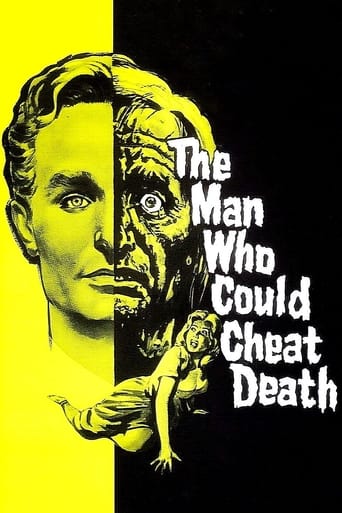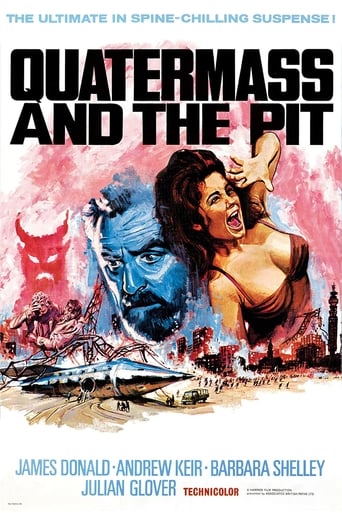
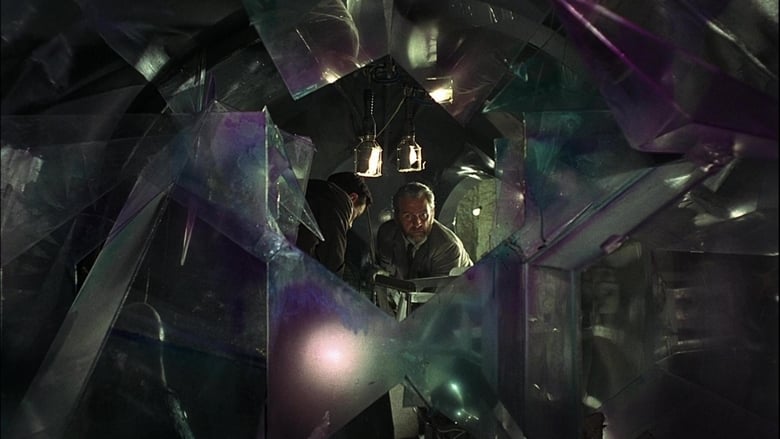
Quatermass and the Pit (1967)
A mysterious artifact unearthed below a London subway station proves to have powerful psychic effects on the people around.
Watch Trailer
Cast
Similar titles

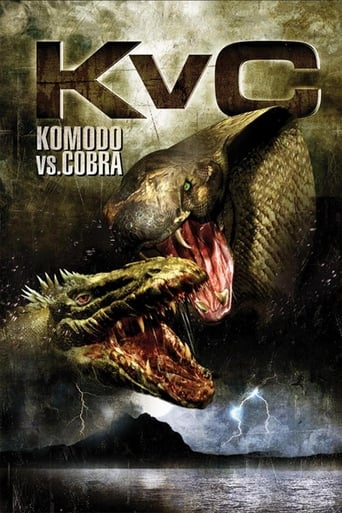
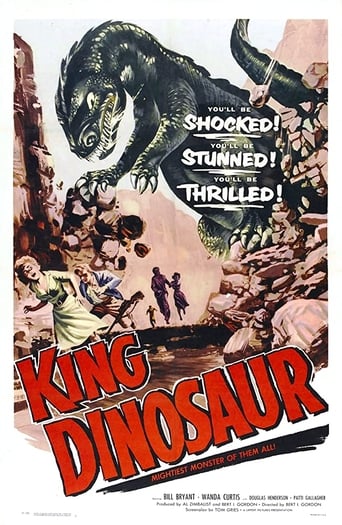
Reviews
Very very predictable, including the post credit scene !!!
People are voting emotionally.
It's hard to see any effort in the film. There's no comedy to speak of, no real drama and, worst of all.
The movie turns out to be a little better than the average. Starting from a romantic formula often seen in the cinema, it ends in the most predictable (and somewhat bland) way.
A 5-million year old Martian colony ship containing the remains of the original insectoidal crew is found buried beneath London. Disturbing the ship causes a release some kind of paranormal energy that causes visions of the horned Martians, violent compulsions, and psychokinetic disturbances, so the area (Hob's Lane, 'hob' as in 'hob'globin for example) is reputed to be cursed. Despite hero Quatermass' warnings, the army dismisses the ship as an unexploded experimental weapon from WW2 and allows the press to bring in generators. The ship, which was programmed to compel the original Martian crew to preserve the colony at all costs and to destroy any different life forms (apparently a continuation of the eugenic genocide that destroyed their home world), fully awakens and drives the local humans to embark on an orgy of destruction and murder. Earth is saved by an astute guess as to the nature of the Martian technology and a convenient crane. Overall an imaginative and intriguing set-up let down by a weak ending - the astute guess was not based on much data, so comes across as a bit of a Deus Ex Machina, and the crane was just tooooo convenient (and the heroic martyrdom of James Donald's character is a bit silly – what did he think he was going to do, perched on the edge of the massive construction crane – shift it with his weight?). Despite the limitations of the climax and some dodgy special effects, "Five Million Years to Earth" (aka "Quatermass and the Pit") is a great example of the cerebral (relative to most concurrent American releases) science fiction movies to come out of Britain in the 50s and 60s. Overall, a clever spin on the classic premise of aliens being the inspiration of our racial memories of devils and demons (for other examples, see A. C. Clarke's "Childhood's End" or the third doctor serial "The Dæmons" (1971)) and well worth watching for both the story and Andrew Keir's excellent portrayal of the iconic (in some circles) 'Bernard Quatermass' character
A construction crew at a London subway dig discovers strange skeletons. Later, a suspected bomb is found but it's unlike anything seen before. Professor Bernard Quatermass joins Colonel Breen to investigate. Soon, it's obvious that there is nothing earthly about the finds. Quatermass has a theory on the origins of the spacecraft and humanity itself.Hammer Film is more known for its B-horrors. They stretched out to make B-sci-fi. The first half is relatively pedestrian until they dig up the slightly-comical creepy insects. They are some creepy rubber insectoids. When the movie finally gets to the action, it's obviously missing an insect invasion. It becomes a convoluted sci-fi theory of an insect invasion of another kind. This is good drive-in fodder.
I never knew Hammer Studios did this type of science fiction until running across this picture as "Five Million Years to Earth". The title was changed for American audiences since "Quatermass and the Pit", didn't seem to have commercial appeal on this side of the pond. Besides the sci-fi quotient, there's a bit of a horror element in the story as well, with intimations of a devil at work in the Hob's End section of London where an underground tunnel has revealed an object of perhaps other worldly origins.Surprisingly, the story has a rather ambitious concept even if the execution seems rather hokey by today's standards. While the British government and military decide that the 'space ship' discovered during an underground dig is a holdover from the Nazi war machine, physics professor Bernard Quatermass (Andrew Keir) forms a theory that a centuries old, dormant faculty resides in the vehicle, and when awakened it displays eerie properties of telekinesis, second sight and poltergeist type movements. British scientist Barbara Judd (Barbara Shelley) experiences a 'stored memory' of the deceased creatures on board the ship, which are captured on film as depicting a Martian hive cleansing. It's the professor's considered opinion that centuries ago, Martians kidnapped ape-like creature from Earth to experiment on, in order to survive their own planet when it became inhospitable.Given all the tampering around and within the space vehicle, the Martian energy within it eventually comes alive to protect itself while destroying parts of London in the process. However in a "War of the Worlds" style resolution, it becomes a relatively easy matter to stop the rampage when Dr. Matthew Roney (James Donald) theorizes that he might ground the force's destructive power by maneuvering a metal crane into it's energy field. For the dormant Martians, that's all she wrote.When I got a look at that so called Martian energy field with it's horned apparition look, I was reminded of a Star Trek episode that had an intergalactic villain with a similar appearance. Thinking that maybe one work influenced the other I looked it up, and the episode I'm referring to was called "The Corbomite Maneuver", the tenth episode of Star Trek's first season in 1966. It's probably a stretch to suggest that one of Gene Roddenberry's creations had an influence on this Hammer flick, but the energy devil looked a whole lot like Balok without the horns.
Not as good as the masterful TV series, which is sci-fi television at its finest, but it almost is and the best of the Quartermass films. I'd go as far to say that it's one of Hammer's better films as well.Personally, Quartermass and the Pit's only fault are the rather anti-climactic and too hastily-paced ending and the on-the-cheap-side special effects especially at the end with those fake-looking aliens, the rest of the film's production values are very well-done so not sure why the quality dips at this point. The colour photography is very good though and doesn't dissipate the mystery or atmosphere at all, the setting is as spectacularly imaginative as it was in the series and the special effects generally while nowhere near as strong as those in the TV series are generally above average. Tristam Carey's music score has the right amount of eerie intensity and rousing ambiance, while Roy Ward Baker's direction is wisely careful but still very strong and Nigel Kneale's script is very true in style to his writing for the series, retaining the intelligent handling of complex and daring themes, the ability to provoke thought while not trying to do too much or undermining the mystery.The story is engrossing and continues to fascinate and resonate emotionally translated to screen, again while not making the mistake of covering too many ideas. There's a lot here and it's ambitious stuff, but it didn't feel too much thankfully. The mystery is intriguing, it's very suspenseful and scary with some memorable and quite shocking deaths (i.e. Roney's) and the disquieting atmosphere is incredibly effective, helped by beautifully measured pacing, Baker's direction and that it doesn't try to hide or exceed any budget limits. The characters are still engaging, and the acting while not quite up to their definitive TV counterparts is still very good and worthy, Andrew Keir and Julian Glover being particularly excellent.Overall, another Hammer winner and goes with the series very well indeed, if not as good as it. 9/10 Bethany Cox



